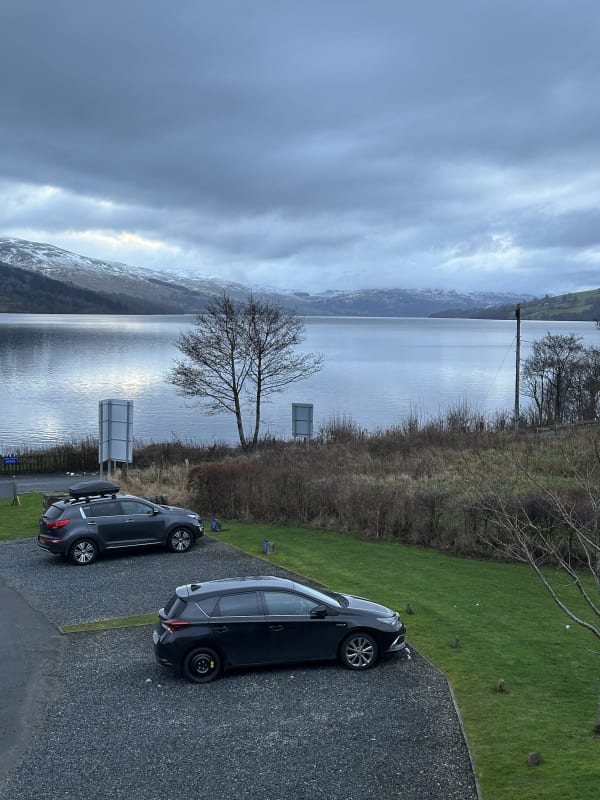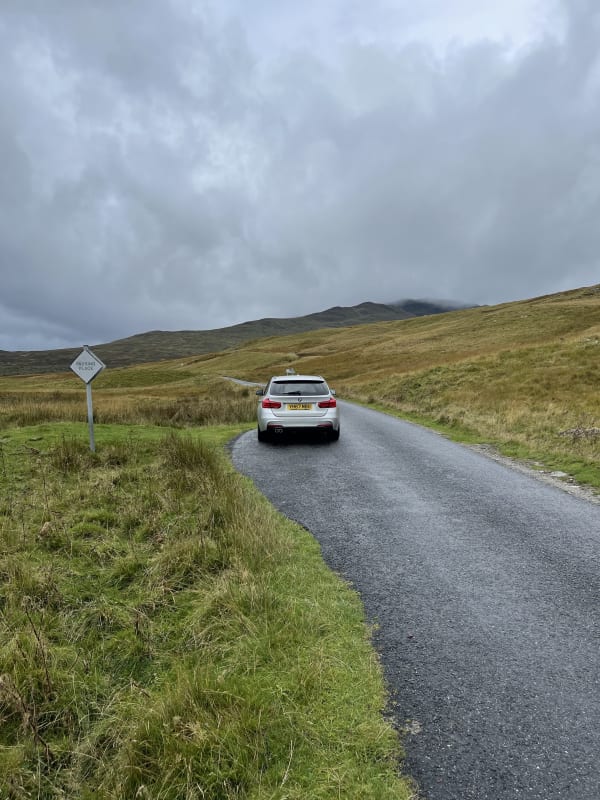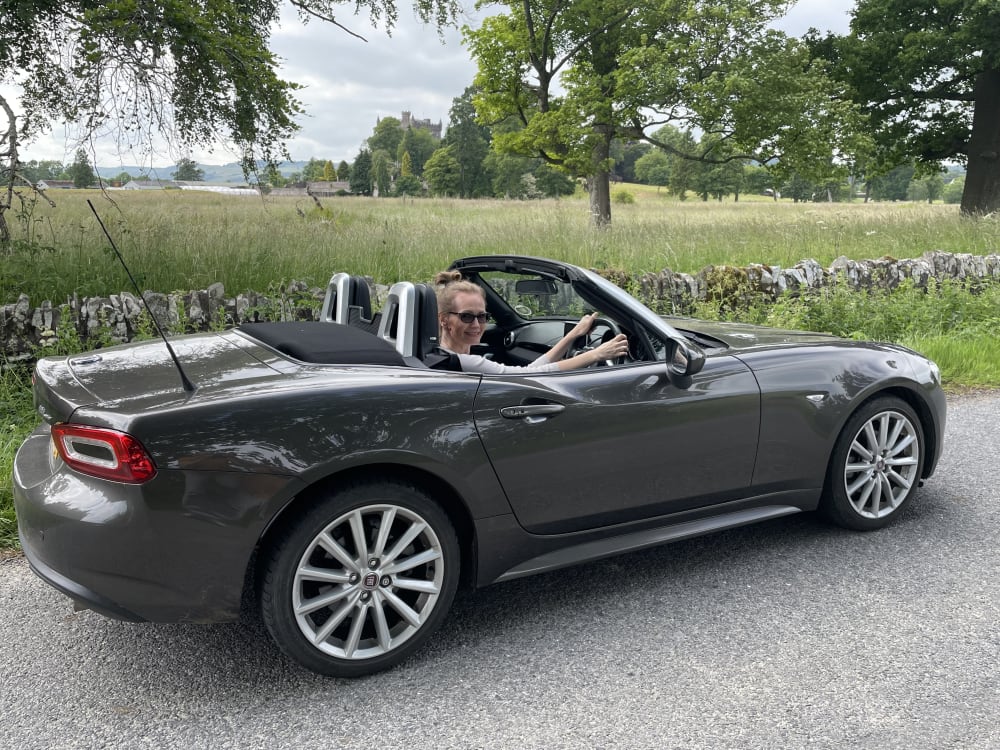Your Complete Guide to Renting a Car and Driving in the UK
Planning a trip to the UK and considering renting a car? Driving through Britain’s beautiful countryside is a great way to explore its beauty and charm at your own pace. However, if you're used to right-side driving, navigating the left-side traffic in the UK can seem challenging. Don’t worry! This guide contains important tips to make your trip safe and enjoyable.
Renting a Car in the UK
- Choosing a Car Rental Company
- Reputation Matters: Opt for well-known car rental companies such as Enterprise, Hertz, or Avis. Check online reviews to ensure the cars are well serviced and reliable. Bear in mind that it is usually most expensive to hire at an airport. If you are not leaving on a driving trip straight from the airport, make sure to check other options.
- Insurance: Make sure you understand the insurance conditions. Consider getting full coverage for peace of mind, particularly if you are not used to driving in the left. But bear in mind it will usually be expensive relative to excess you would be charged if you happen to have an accident.
- Book in Advance: Especially during peak travel seasons, booking in advance can save you money and ensure availability.
- Documentation Requirements
- Driving License: A driving license from your home country is usually valid. However, the International Driving Permit (IDP) may be beneficial.
- Age Requirements: Most companies require drivers to be at least 21 years old and some will expect you to be 25. Drivers under 25 may pay additional fees. There will also be fees if you want more than one driver to be insured.
- Credit Card: A credit card in the driver’s name is typically required for the deposit.


Driving on the Left Side of the Road
- Getting Used to Driving on the Left
- Start Slow: If possible, practice in a low-traffic area or parking lot before entering the main roads.
- Use an Assistant: If you are travelling with someone, ask them about navigation options and remind you to keep to the left.
- Roundabouts: Use caution at roundabouts. Always give way to traffic on the right and drive clockwise.
- Key Tips for Right-Hand Drivers
- Driver’s Seat: Remember, the driver’s seat is on the right side of the car!
- Lane Discipline: Stay in the left lanes unless you are overtaking. Use the right lane for passing only. You are not allowed to “undertake” in the UK on motorways and dual-carriageways.
- Mirrors: Organise your mirrors properly before starting to ensure maximum visibility.
Traffic Laws
- Speed Limits
- Urban Areas: Typically 30 mph (48 km/h) but some areas are now 20mph.
- Rural Roads: Usually 60 mph (96 km/h), although you will see areas with limits of 40 and 50 mph.
- Motorways: 70 mph (112 km/h).
- Speed limits are often enforced with cameras and heavy fines. Watch out for average speed cameras on motorways in areas with roadworks.
- Road Signs
- Learn them: UK road signs may be different from the ones in your country. Pay attention to road signs and signals.
- Traffic Lights: Red - stop, green - go, and yellow means prepare to stop. Turning right on red is prohibited.
Parking and Courtesy
- Parking Tips
- Payment and Equipment: Most urban areas use a "pay and display" system. Purchase a ticket from a nearby machine and place it on your dashboard. Often they will advertise the use of apps to pay, but these usually add a fee.
- Park and Ride: Consider using park-and-ride parking lots to avoid city center traffic and parking hassles.
- Yellow Lines: Single yellow lines mean no parking during certain times; double yellow lines mean no parking at any time. Check nearby signs carefully for information.
- Politeness
- Use Indicators: Always signal your intentions. Most British drivers use indicators regularly.
- Be Patient: British drivers are generally polite. Avoid aggressive driving and excessive horn use.
- Pedestrian Crossings: Give way to pedestrians at zebra crossings and be mindful of cyclists. There is a recently introduced law insisting cars allow cyclists at least 1.5m of room when overtaking.

Useful Tips and Tricks
- Navigation systems and applications
- GPS: Use a reliable GPS system or a navigation app like Google Maps or Waze for real-time traffic updates and directions.
- Emergency Numbers: Save the UK emergency number (999) and breakdown assistance numbers in your phone.
- Driving Apps: Apps like RAC Traffic, AA Roadwatch, and Parkopedia can help you with traffic updates and finding parking spots.
- Refilling the Car
- Petrol Stations: Fuel prices are high in the UK, especially on the motorways. Look for supermarkets like Tesco or Sainsbury’s, where fuel prices are usually lower.
- Fuel Type: Make sure you know what type of fuel your rental car requires - petrol (gasoline) or diesel.
Understanding Passing Places on Narrow Roads
In rural areas, especially in Scotland and Wales, you’ll encounter single-lane roads with "passing places."
- Give Way: Use passing places to let oncoming traffic pass or to allow faster vehicles to overtake. If the passing place is on the left, you must pull in; if on the right, wait opposite it.
- Be Polite: Thank other drivers by flashing your headlights or briefly waving your hand.
Tips for Drivers Using Their Own Cars
If you’ve coming to the UK with your own car, here are some additional tips:
- Headlights: Adjust your headlights for left-hand driving to avoid dazzling oncoming traffic.
- Insurance: Make sure your insurance covers driving in the UK. Consider additional breakdown insurance.
- Toll Roads and Congestion Charges: Be aware of toll roads and the London Congestion Charge. Plan your route to avoid unexpected fees. Note many city centres will now advertise “LEZ” and “ULEZ” zones. These are low emission or ultra-low emission zones where a fee will be charged for vehicles which don’t comply to standards. This won’t usually affect new rental cars, but older privately-owned vehicles may be liable.
Driving Electric Vehicles in the UK
For those who drive electric vehicles (EVs)
- Charging Points: The UK has a mediocre network of charging points compared to most other European countries. Apps like Zap-Map and PlugShare can help you find them but note in busy areas at busy times there can be often be queues. Note also charging on the motorway will usually be more expensive. Which apps are useable at the charge points will also vary from place to place.
- Adapter: Make sure you have the correct adapter for UK charging stations.
- Parking: Many cities offer free or discounted parking for EVs. Look out for dedicated EV parking spaces.
Hiring a car and driving in the UK can be an enjoyable experience, giving you the freedom to explore lesser-known destinations. By following these tips and familiarising yourself with local driving customs, you’ll be well-prepared to travel around British safely and confidently. Bon Voyage!
Have you read my article but still have questions?
Leave your question below and I will give you a comprehensive and detailed answer.